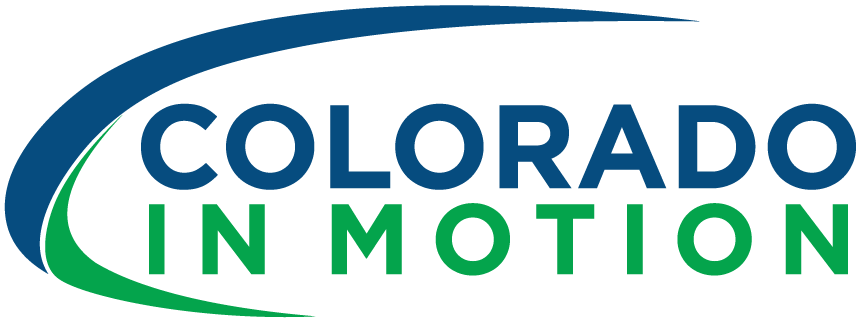If you have osteoporosis, you are probably aware of the benefits of exercise for your bone health. What you may not be aware of is high intensity weight training is better for your bones than lower intensity weight training which is more commonly done. Most people with osteoporosis stick with lower intensity training and lighter weights because they are afraid of hurting themselves. However, a recent study showed higher intensity strength training is more beneficial than lower intensity training.
Why Lifting Weights Is Important
Of course it is important to have proper form, supervision, adequate rest, and the right amount of intensity to avoid hurting yourself. However, when it comes down to it, High‐Intensity Resistance and Impact Training Improves Bone Mineral Density and Physical Function in Postmenopausal Women With Osteopenia and Osteoporosis. A study called the “LiftMOR” randomized control trial provides adequate evidence for this. You can read it for yourself at the link above, but a few key points are listed below:
- In this study they used postemenopausal women that were older than 58 and were diagnosed with osteopenia or osteoporosis and they divided them randomly into two groups. There was a supervised, high intensity resistance and impact training group (HiRIT), and a conventional exercise group (CON).
- The HiRIT consisted of supervised squats, overhead presses, deadlifts, and jumping chin-ups (see video links below). They worked out 2x/week for 30 minute sessions, and did the same routine (with increasing loads) for 8 months..
- The first month was focused mostly on learning proper form for these lifts using low loads or just bodyweight.
- Once good form was established, the participants performed deadlifts, overhead presses, and back squats in 5 sets for 5 repetitions that were between 80 and 85% of a 1 repetition max (a max is the most they could do for one rep).
- Impact loading was added by performing jumping chin-ups with “drop landings”
- The CON group consisted of a 30‐minute, home‐based, low‐intensity (10 to 15 repetitions of <60% 1 rep max) exercise program, 2x per week for 8 months that was designed to improve balance and mobility.
- Exercises included low‐load resistance training (lunges, calf raises, standing forward raise, and shrugs) and stretches (side‐to‐side neck stretch, static calf stretch, shoulder stretch, and side‐to‐side lumbar spine stretch)
- Key Findings:
- HiRIT saw consistently superior results for bone mineral density (BMD) in the hip and lumbar spine; less patients in the HiRIT group saw decline in BMD in these areas and more patients in the HiRIT group saw an increase in BMD.
- The HiRIT group saw consistently superior scores in functional outcomes than the CON group.
- There were ZERO serious or chronic injuries related to the interventions with the HiRIT group. (Remember, these participants were lifting very heavy weights, but in an environment where form could be monitored by a professional).
Most other studies that have looked into this have only used moderate intensity protocols (8-12 repetitions, usually well below 80% of 1 rep max), as opposed to the high intensity protocols used in this one. Those prior studies have only shown moderate benefits to bone mineral density at the hip or the spine and likely used moderate protocols because of perceived increased risk of fracturing fragile bone with heavy loads. However, this study shows that introducing heavy load gradually, after proper form is learned, and with the ongoing supervision of a skilled professional, were key to the evident safety of the protocol and the ability of participants to tolerate the program.
Lets Recap!
I hope this dismantles some of the taboo out there about lifting heavy weights as you get older, because it is clearly good for you! If you have interest in getting stronger, becoming more functional, and delaying bone mineral density loss or potentially even increasing in bone mineral density (as many did in the study), then you should think about starting to lift heavy weights. Of course, we recommend doing this under the supervision of a skilled professional. Call 970-221-1201 to schedule an appointment with Dr. John Mark Skinner, one of our strength training specialists. Happy lifting!
Dr. John Mark Skinner is a physical therapist and strength training specialist at Colorado In Motion
